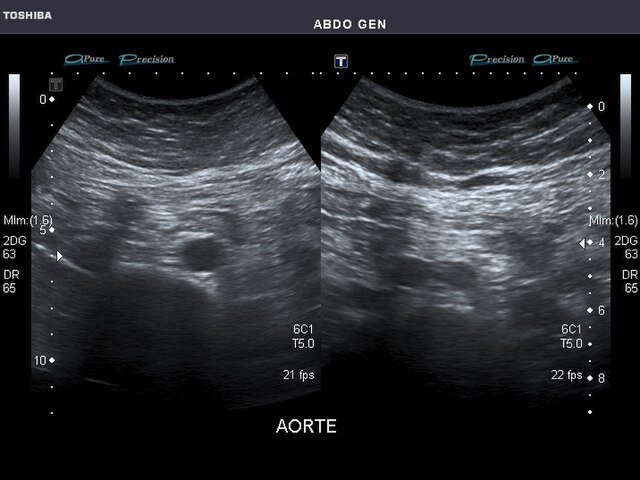High Resolution Abdominal USG

Types of High Resolution Abdominal USG
Complete Abdominal Ultrasound: Examines all major abdominal organs.
Upper Abdominal Ultrasound: Focuses on the liver, gallbladder, pancreas, spleen, and kidneys.
Lower Abdominal Ultrasound: Evaluates the bladder, prostate (in men), uterus, and ovaries (in women).
Targeted/Focused Ultrasound: Performed for specific concerns like gallbladder disease, kidney stones, or liver lesions.
Doppler Ultrasound: Assesses blood flow in abdominal vessels, including the aorta and renal arteries.
Symptoms Leading to High Resolution Abdominal USG
Doctors often recommend an abdominal ultrasound if you experience:
Abdominal pain or discomfort
Bloating or swelling
Unexplained weight loss
Persistent nausea or vomiting
Jaundice (yellowing of the skin or eyes)
Changes in bowel or urinary habits
History of abdominal trauma or injury
What are Some Common Uses of the Procedure?
High Resolution Abdominal USG is commonly used to:
Detect gallstones, kidney stones, or liver abnormalities
Identify tumors or cysts in abdominal organs
Monitor liver conditions like fatty liver or cirrhosis
Evaluate kidney function and detect hydronephrosis
Assess abdominal aortic aneurysms
Guide procedures such as fluid drainage or biopsies
Monitor known abdominal conditions over time
How Do I Prepare for My High Resolution Abdominal USG?
Fasting: You may be asked to fast for 6–8 hours before the scan to reduce gas and improve image clarity.
Full bladder: For lower abdominal scans, you may be asked to drink water and avoid urinating before the test.
Medications: Continue taking regular medications unless instructed otherwise.
Clothing: Wear comfortable, loose-fitting clothes. You may be asked to change into a gown.
What Will Happen During My High Resolution Abdominal USG?
During the procedure:
You will lie comfortably on an examination table.
A clear gel will be applied to your abdomen to help transmit sound waves.
The technologist will glide a handheld probe (transducer) over the skin to capture images.
You may be asked to change positions or hold your breath briefly for better visualization.
The entire procedure usually takes 20–30 minutes and is completely painless.
What Are the Reasons for a High Resolution Abdominal USG?
Doctors recommend this ultrasound to:
Investigate causes of abdominal pain or swelling
Evaluate abnormal blood test results
Diagnose infections or inflammatory conditions
Check for fluid accumulation in the abdomen (ascites)
Monitor progression or treatment response in liver or kidney disease
Screen for aneurysms in the abdominal aorta
Why High Resolution Abdominal USG is Used
High Resolution Abdominal USG is used because:
It is non-invasive, safe, and free of radiation.
It provides real-time, dynamic images.
It is cost-effective and widely available.
It can detect both structural and functional abnormalities.
It helps guide treatment plans and monitor progress over time.
